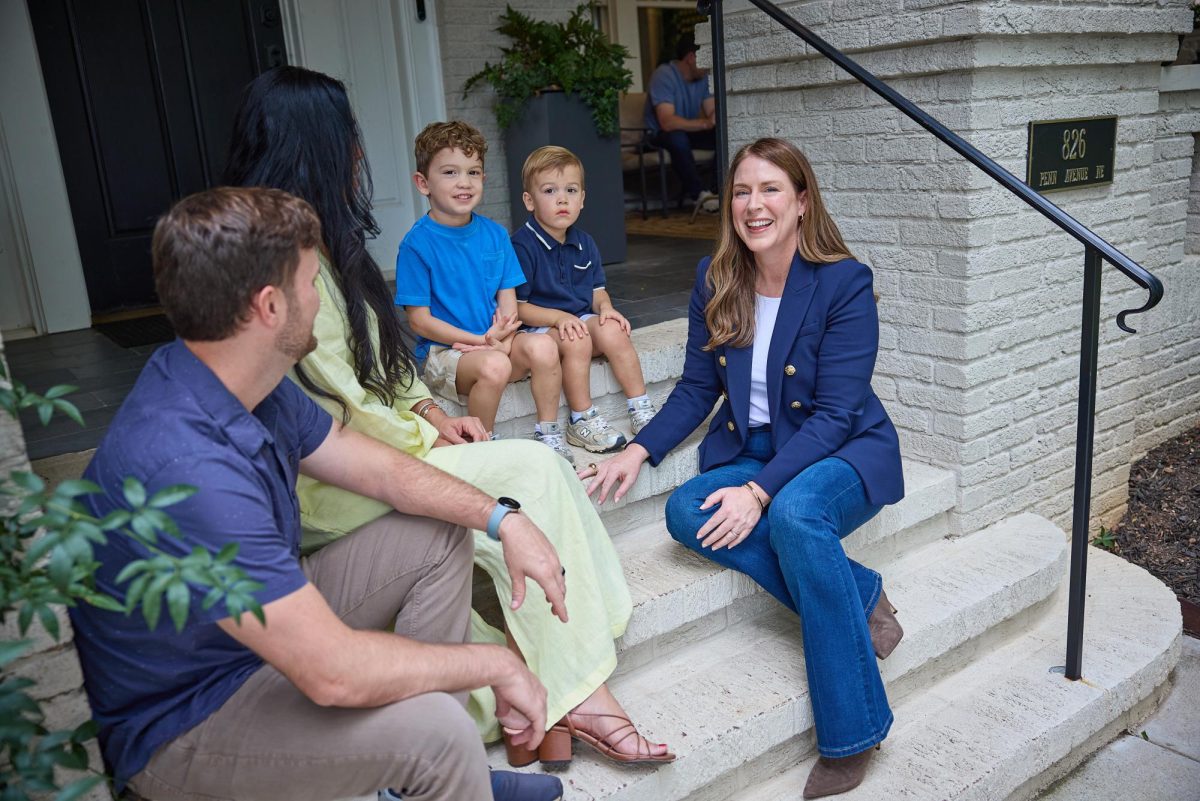The APS Board of Education approved the Fiscal Year 2016 budget in a unanimous vote on April 20. The budget increases APS’s spending by almost $28 million over the fiscal year 2015 budget.
In the 2016 budget, more than $9 million has been allocated for curriculum and instruction programs, more than in years past.
The budget aims to provide an equally high academic standard in each APS school. The new budget is introducing funds with the goal of bringing every cluster to a baseline by creating individual frameworks that the board believes are as rigorous as the International Baccalaureate program available in the North Atlanta cluster.
“You have to fund the base and do a good job of that to eliminate all gaps between kids,” Dr. Meria Carstarphen, APS Superintendent, said in a meeting with the APS board. “And then once you fund that you’ve got to fund the real programming that’s going to be the excellence piece of what APS is trying to do for all kids.”
The goal of the system is to provide high quality education, whether in IB, AP, STEAM (Science Technology Engineering Arts and Mathematics) or other programs.
“I think that a lot of people agree, myself included, that IB is a strong standard,” Matt Westmoreland, APS board member (District 3) said. “If a cluster decides to go in a STEAM direction, that’s fine. We need to work with them to make sure that the framework around the cluster and the foundation laid around the education is of a high quality.”
The board has allocated $5 million in new spending toward paying for these standards, but this amount may increase by next year.
“We already know that a district wide lift, for everybody to go IB, you’re pushing about $17 million,” Carstarphen said. “What we’re saying is in this proposal that if you wanted to start getting a lift, it won’t be all that you will be able to do. We’re saying to get off the ground, to move in that direction, in that $5 million we can really get started.”
APS charter school funding also saw a major increase. While no new charter schools have been approved, the already existing schools are incrementally adding grade levels as their students progress. As a result, the cost of the schools has increased from $38 million to $92.2 million in four years and will continue to increase until all grades have been added.
With the schools growing, fewer APS students are attending traditional schools, but the cost of running traditional schools, which have not been closed, has remained the same.
“There’s a tension there because the cost to run 85 schools stays—85 principals, 85 bus routes, 85 buildings to operate—but the number of kids is actually going down because they are going to charter school,” Westmoreland said.
The way these programs are funded depends on a conflict resolution between APS and the city. APS holds that the city owes the school system $14 million over disputed BeltLine payments. While negotiations are underway to retrieve this money, APS does not know whether it will be available by July 1, the start of the fiscal year. If this money becomes available before July 1, it will fund the budget increase; if not, reserves will be used in its place. If the payment is made after that date, it will be spent on other programs APS wishes to fund.
While the budget as a whole increased, some programs, such as fine arts and world languages, suffered cuts. Currently, programs such as world languages and fine arts offerings vary greatly by cluster.
“Just to do World Language, where we build a quality world language program for every child in the district, [is] still not doing all the best practice like starting them in kindergarten or something of the sort,” Carstarphen said. “We just did second grade through fifth grade with a design that actually that also meets the IB required model standards. It is a $3,395,600 proposition and that’s about 150 teachers.”
While it may be difficult to implement these programs, the district is not prepared to cut them entirely.
“[Carstarphen] is very passionate about arts and foreign language are being offered as comprehensively as possible,” Westmoreland said. “Right now they are not offered at the same level around the city.”
The current solution is to let schools and clusters decide what programs they will fund.
“We are pushing more dollars into instruction and pushing the decision about how that money is spent down to principals, clusters and schools,” Westmoreland said.






